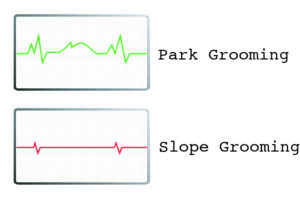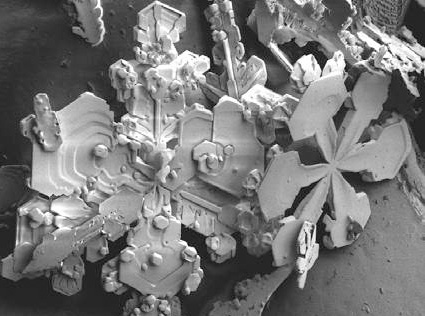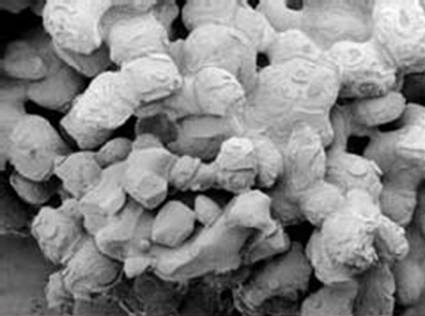Well, it´s not so secret… we have just collected some basic info that might help you reach the sweet spot. If the text feels long, read faster and it will seem shorter…
First of all, how tech the Freestyle scene have become the last years and how much requirements that have been put on you as a park builder, we would say Slope grooming and Park grooming are now divided businesses and two different professions nowadays.
Here is the scientific description.
Like American football and Soccer, both are football but with different equipments and rules….anyway, read on…
A general inclination of 14-16 degrees is a good slope for your park.
And if there are some natural ridges that you can use to extend landings than it will help a lot.
Best solution would be to make some in-ground work in the slope and make decks for your jumps to save snow and to guarantee an early opening of your park, especially for your bigger jumps that requires a lot of snow.
Do have in mind that in-ground measurements are totally different compare to the ones on the snow.
For an example:
15m table jump in snow needs a 27m deck in-ground.
15m table + 7m take off + 5m flat before the transition to avoid compression
Snow
We use probably twice as much snow for a jump today than for 10 years ago, the reason is that the whole geometrics for a jump has changed, the ”new” type of jumps as roller-/step-over jumps are much safer, but requires more snow. More snow in the jumps are also gentler to your snowcat and it gives you more space that makes it easier for you to work in the park.
We prefer to work with artificial snow because this snow is more solid and compact compared to the natural snow. Natural snow is also often to dry, especially if you build features with steep transitions such as Hip Jumps etc.
DID YOU KNOW THAT 20cm OF ARTIFICIAL SNOW IS EQUIVALENT TO 80cm OF NATURAL SNOW?
When making snow you are always talking about the wet bulb temperature, which is the air temperature together with the air humidity. High air temperature in low humidity gives you still a low wet bulb good for snowmaking.
1 m³ of water gives you 2,3 m³ of snow.
Don’t make the mistake to calculate snow volume on the outgoing water. It is the Cubic’s on the ground that counts (not the ones blown in to the trees).
HERE BELOW YOU CAN SEE ENLARGED PICTURES OF NATURAL SNOW COMPARE TO ARTIFICIAL SNOW.


Tips:
Take advantage of the weather forecast and plan your work after it, if warm weather is coming make sure to push for your landings first so when the warm weather hits, you can use the wet snow for building take offs or steep trannies such as hip jumps etc.
WHEN CALCULATING HOW MUCH SNOW YOUR PARK NEEDS, ON TOP OF THE NORMAL BASE. THESE NUMBERS ARE A GOOD GUIDANCE.
A 20m jump = 3500 m³
A 15m jump = 1600 m³
A 10m jump = 1000 m³
A 5m jump = 600 m³
A roller with 2 rails = 400 m³
Maintenance
It´s not what you build in your park, it is how you maintain the park that will make the difference. A well-maintained park is a safe park.
Lets say you have 500 runs in your park/day this means 500 impacts in about 4 m² in your landings (sweet spots) which will lead to cavity’s at the end of the day.
Now, If we put it this way:
You know how many complains you have from the public skiers when alpine training groups have trained in the gates and don´t clean up the deep cuts in the slope afterwards. It´s the same in your snow park, no rider today will accept a non-maintained snow park….
We often get asked questions about take offs and angles, give your landings some thought instead. After all they are 50% of your jumps (90% snow-wise). Too many resorts are sending their clients up in the sky and not considering how to bring them down safely. Don’t be that resort…
The best case scenario will see your take offs match your landings. Don’t build take offs more than 1-2* steeper then your landings.
31-32* is what you can handle with a free groomer (over time) more than that you will need a winch.
You will always get a better shape and consistency with a winch and that is what you are aiming for. And the sport requires that these days.
Economy
Either you like it or not it will always come down to money in the end.
This is 3 key points where you can save money.
-Snow planning
-Build for your most expensive item in the park. Your snow cat
-The teamwork between shapers & drivers
Have this in mind.
1 snow cat hour more/day in maintenance in your park will over the winter cost you about 10 000€ extra. This means you need to sell about 300 day passes more.
-Is it worth it for your target market?
A well planned park, will save snow cat hours and daily maintenance…which means saving money at the end
So, let us help you plan your snow park!
You made it to here…
Cool, that means you are interested to learn more. Then our snow park education is something for you.
OUR PARK PROGRAMHere are some more tips for you.
-Be nice to your local riders, they will give you valuable feed-back how the park is running.
-No matter the temperatures, the inner core of the snow making piles will always be wet. Peal them off and use the outer layers for landings, then you can use the wet snow in the middle for your take offs. Makes it easy to build sharp angles.
-Spend that extra time to really work thru the snow for your take offs. We promise you it will be well worth the time when the spring rolls in.
-Form boards will probably be the best investment for your park, we use them for everything.
-Put your seat back in an up right position. After all there is an important work in front of your blade that needs all your focus. Just saying, to save you from back- and neck problems…
Cause we want you to stay in the business for a long time…!

